Everything We Know About The PSVR 2
Sony released a blog last week detailing the development of a new motion controller for a new PSVR system, and while many things still remain a mystery, we've compiled everything we know, along with somethings we don't, about the PSVR 2.
We don't yet know when the PSVR 2 comes out, or how much it will cost when it does, but according to a number of new Sony patents, we can speculate on what this next-gen VR system might look like.
We don't yet know when the PSVR 2 comes out, or how much it will cost when it does, but according to a number of new Sony patents, we can speculate on what this next-gen VR system might look like.
- List View
- Player View
- Grid View
Advertisement
-
1.
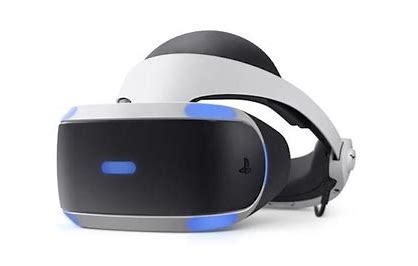 PSVR 2 HELMET (SPECULATIVE) SPECS
PSVR 2 HELMET (SPECULATIVE) SPECS
Sony has said almost nothing about the actual specs of the helmet itself, and has provided no images at all. What they have said is that it, "enhances everything from resolution and field of view to tracking and input." They've also stated that, thankfully, setup will be simplified via connection to the PS5 by a single cord, instead of the Matrix-like tangle of wires that trail across the floors and into the skulls of current PSVR owners. That's pretty much it, as far as the release of official news about the helmet has provided.
However, speculation thrives on the Internet regarding the potential use of new JDI technology in the display, as Sony uses that manufacturer's screens for its phones. In fact, JDI announced in February of 2020 that they had developed high-tech screens specifically for VR use. According to the company's announcement: the 2.1″ 1058 ppi LTPS TFT-LCD that JDI has developed not only employs a special optical design to make glasses-type VR HMDs (VR glasses) thinner and lighter but also increases flexibility for set design by coming in corner-cut shapes. This display is used in VR glasses that have already been introduced to the market, and it is expected that the market will continue to grow as users can more easily experience pleasant VR spaces. Whether Sony will use these smaller, more comfortable screens in the new headset, or opt for bigger, more graphics-intensive screens is anyone's guess. -
2.
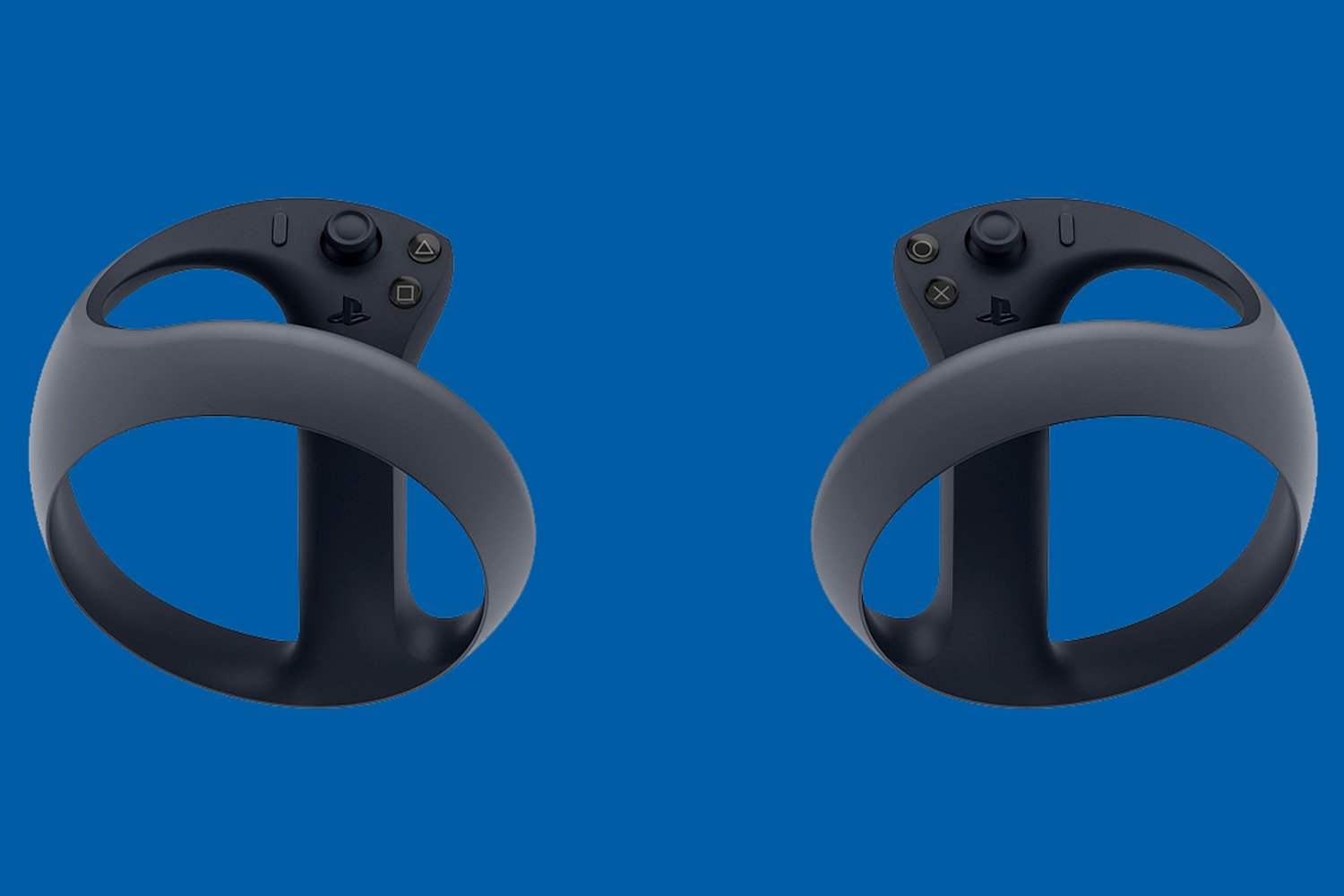 NEW MOTION CONTROLLERS
NEW MOTION CONTROLLERS
Sony has been much more forthcoming with information about the new motion controllers that PSVR users of the future will be handling. Like the new PS5 DualSense controller, they will integrate adaptive triggers and haptic feedback. They will also integrate finger-touch detection. Regarding this, it has been explained as being for use of the thumb, index, and middle fingers of each hand being sensed by the controllers themselves, without the need for any buttons. There will, however, be a button on the inner edge of each controller for use by the middle fingers (apparently flipping the bird will be a big part of future gameplay) in order to seize objects in-game. Another big upgrade from the current generation motion controllers is that their movement will be tracked by the headset itself, instead of by a PS camera. -
3.
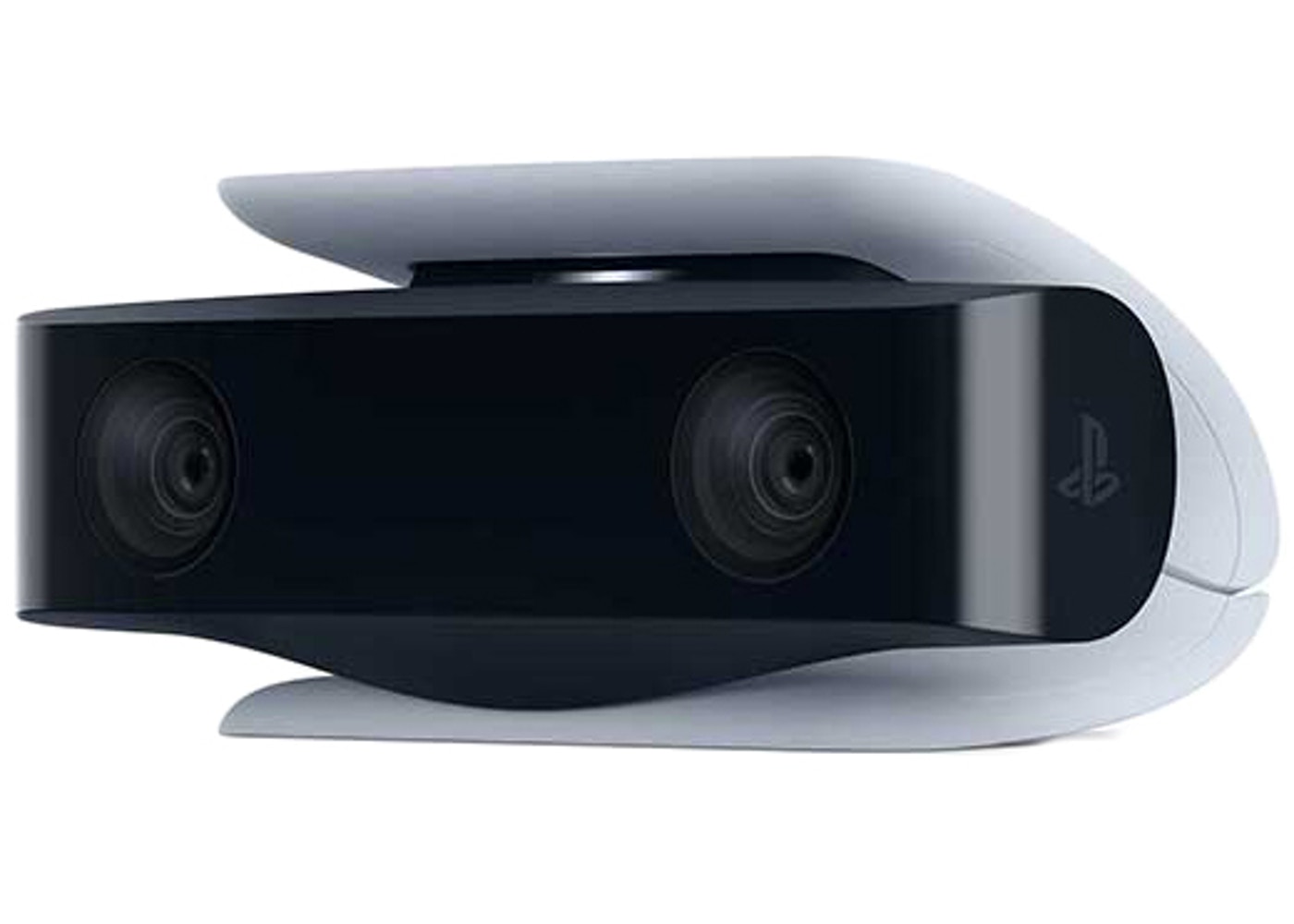 INTERACTION WITH PS CAMERAS
INTERACTION WITH PS CAMERAS
As a small annoyance to new PS5 owners with current PSVR helmets, the PS4 camera does not work with a PS5. As such, an adapter is needed (which is thankfully free, via Sony's website) to use the old camera for purposes of VR play. Additionally, the new HD PS5 camera (which isn't included with the PS5 anyway) doesn't work with the current PSVR. All of this seemingly unnecessary trouble with the cameras, coupled with the fact that the new motion controllers will be sensed by the helmet itself may indicate that a camera will not be needed for use of the next-gen PSVR at all. Like the Oculus Quest, PSVR play may be completely integrated through internal sensors. Of course, this is still all purely speculative. So don't throw away your PS cameras just yet. -
4.
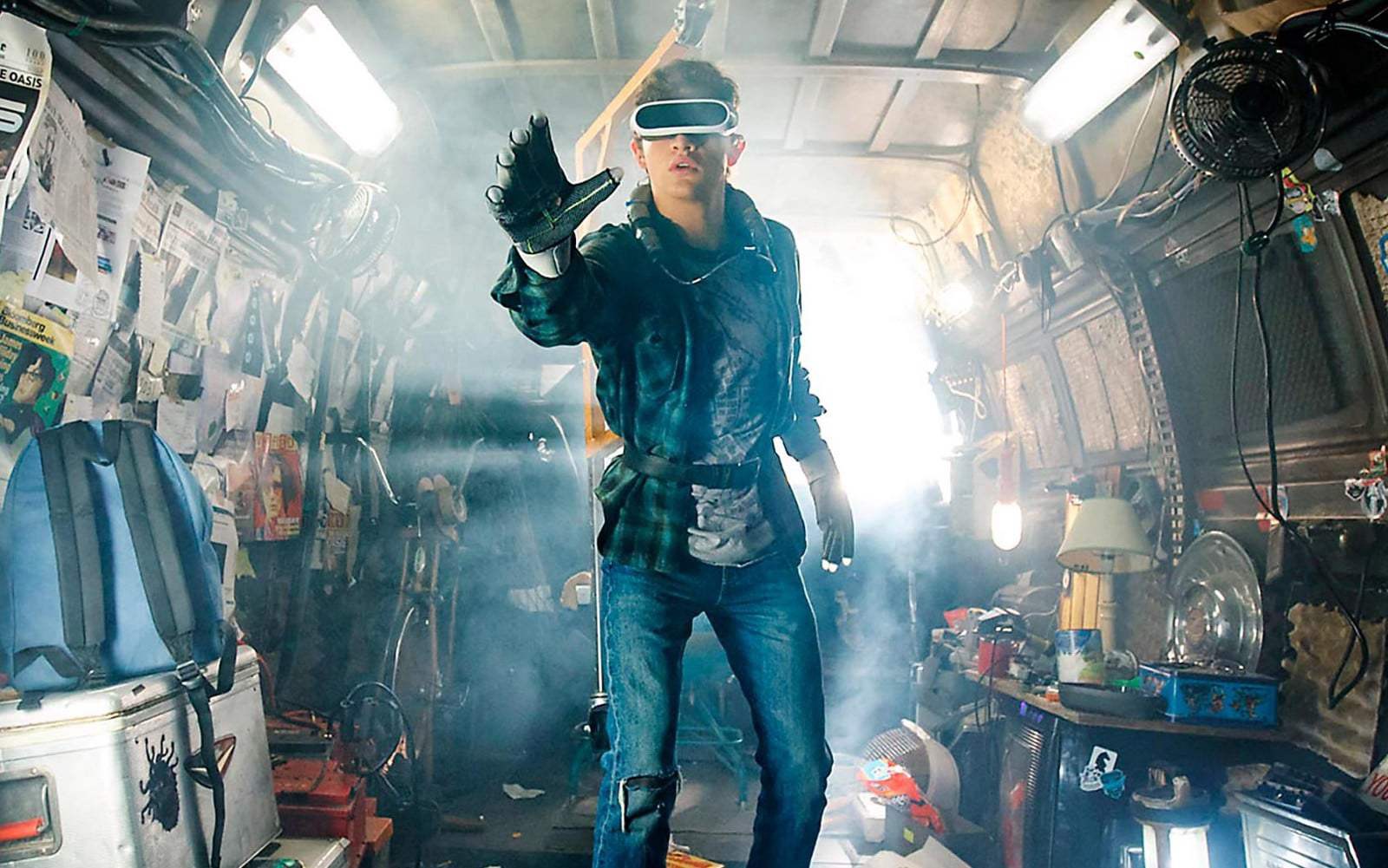 HEADSET HAPTIC FEEDBACK
HEADSET HAPTIC FEEDBACK
Based on patents filed by Sony for VR headset technology, it's possible the new headset will provide some measure of haptic feedback itself. One patent in particular calls for multiple sensors in the headgear that can provide feedback as to the position of the head in relation to the helmet, indicating whether it's being worn properly. Perhaps some sensors could employ more DualSense-like tech, so you can feel a virtual soccer ball being bounced off your noggin. Or maybe a punch from a heavyweight champ, if you're into the masochism thing. Again, purely speculative. -
5.
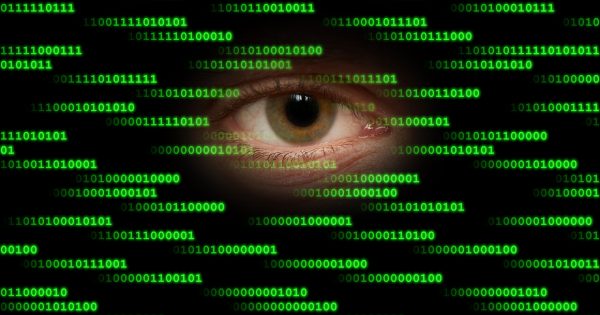 EYE TRACKING
EYE TRACKING
Another Sony patent indicates that the helmet may be capable of tracking eye movement. This would be a big step in the evolution of VR, as it would allow the system to vary what each eye sees for "improved stereoscopic depth." Increased control of the images during play could also provide more accurate imagery when turning or tilting your head. -
6.
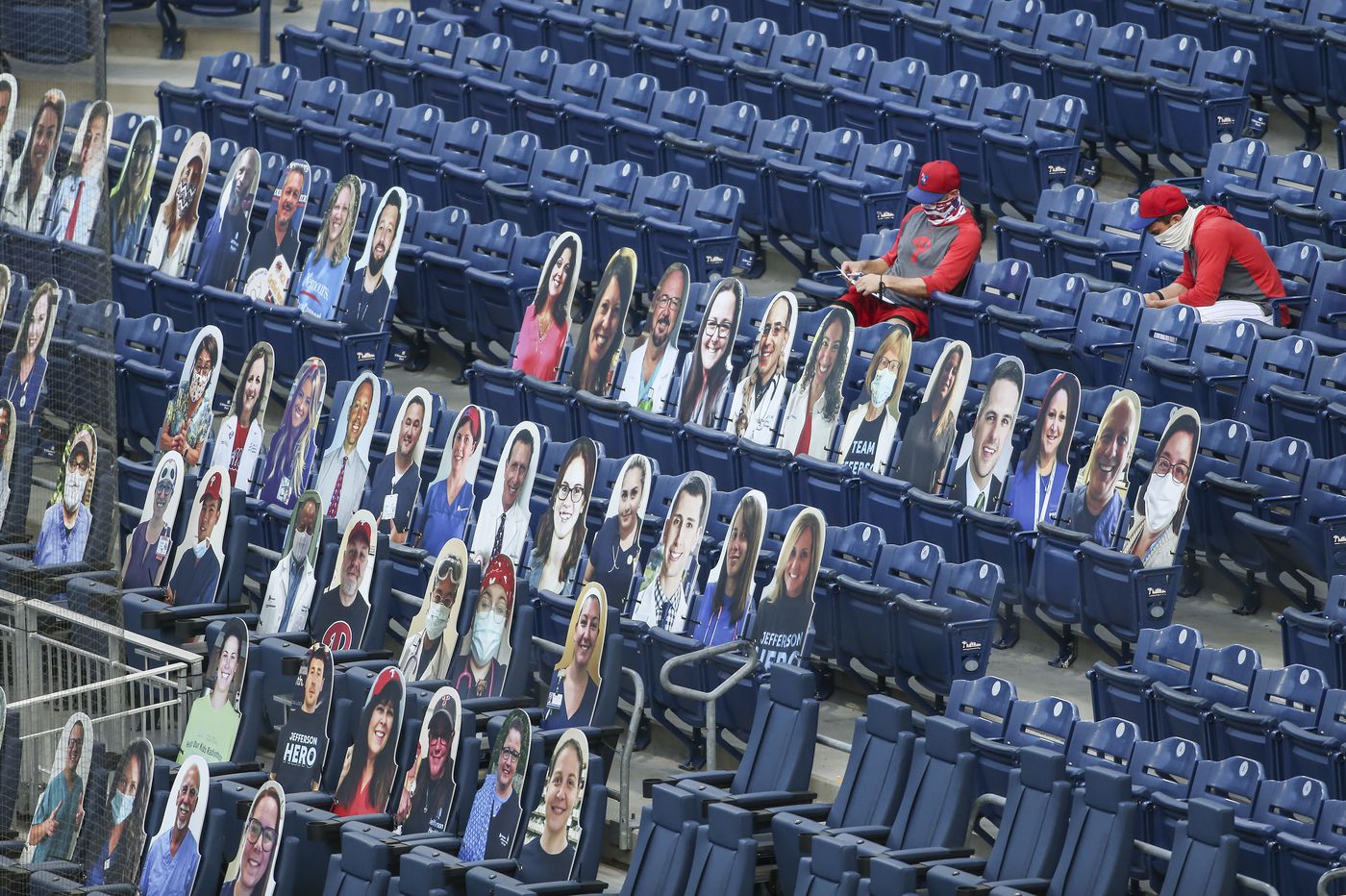 SPECTATOR MODE
SPECTATOR MODE
Yet another patent filed by Sony could provide for eSports streaming capabilities using the PSVR 2. These patents are a bit long-winded and tech-jargon-filled, but basically, it would allow a PSVR2 user to view a live eSports event as if he or she were there in person. There's also some technobabble about potentially including the "spectator's" input into the events being viewed for audience participation purposes. -
7.
 SPECTATOR MODE
SPECTATOR MODE
Yet another patent filed by Sony could provide for eSports streaming capabilities using the PSVR 2. These patents are a bit long-winded, and tech-jargon-filled, but basically, it would allow a PSVR2 user to view a live eSports event, as if he or she were there in person. There's also some technobabble about potentially including the "spectator's" input into the events being viewed for audience participation purposes. -
8.
 MOTION SICKNESS REDUCTION
MOTION SICKNESS REDUCTION
I know, I know...enough with the patents! Well, this one's real simple. It provides further tech to reduce motion sickness from the current gen VR system. There, done! -
9.
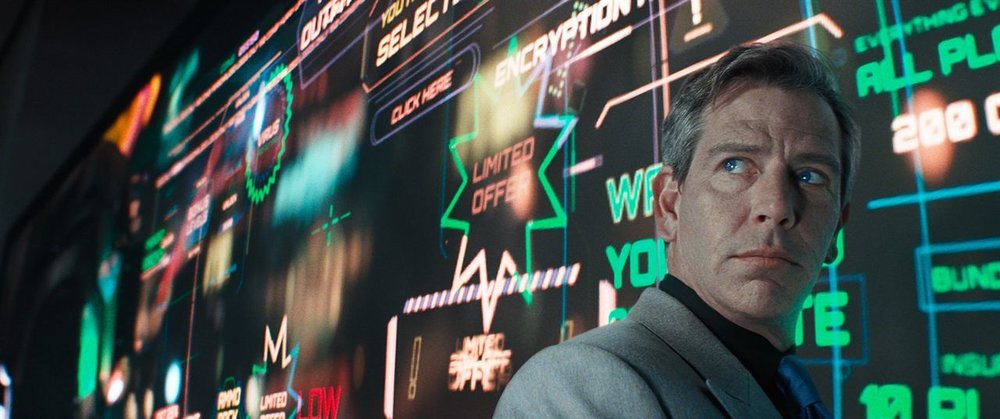 IN-HEADSET ADVERTISING
IN-HEADSET ADVERTISING
You're probably not going to like this one. But in-headset advertising might become a reality. Yet another Sony patent provides tech to allow advertisements to be displayed within the headset. Seemingly, ads could pop up in a user's peripheral vision, in corners of the screen, or even at the top of the screen.I know what you're thinking. We saw this movie already. It was called "Ready Player One," and it didn't work out too well for the corporate suits in that film. Well, let's just hope this feature really IS just speculation. The future of the OASIS depends on it. -
10.
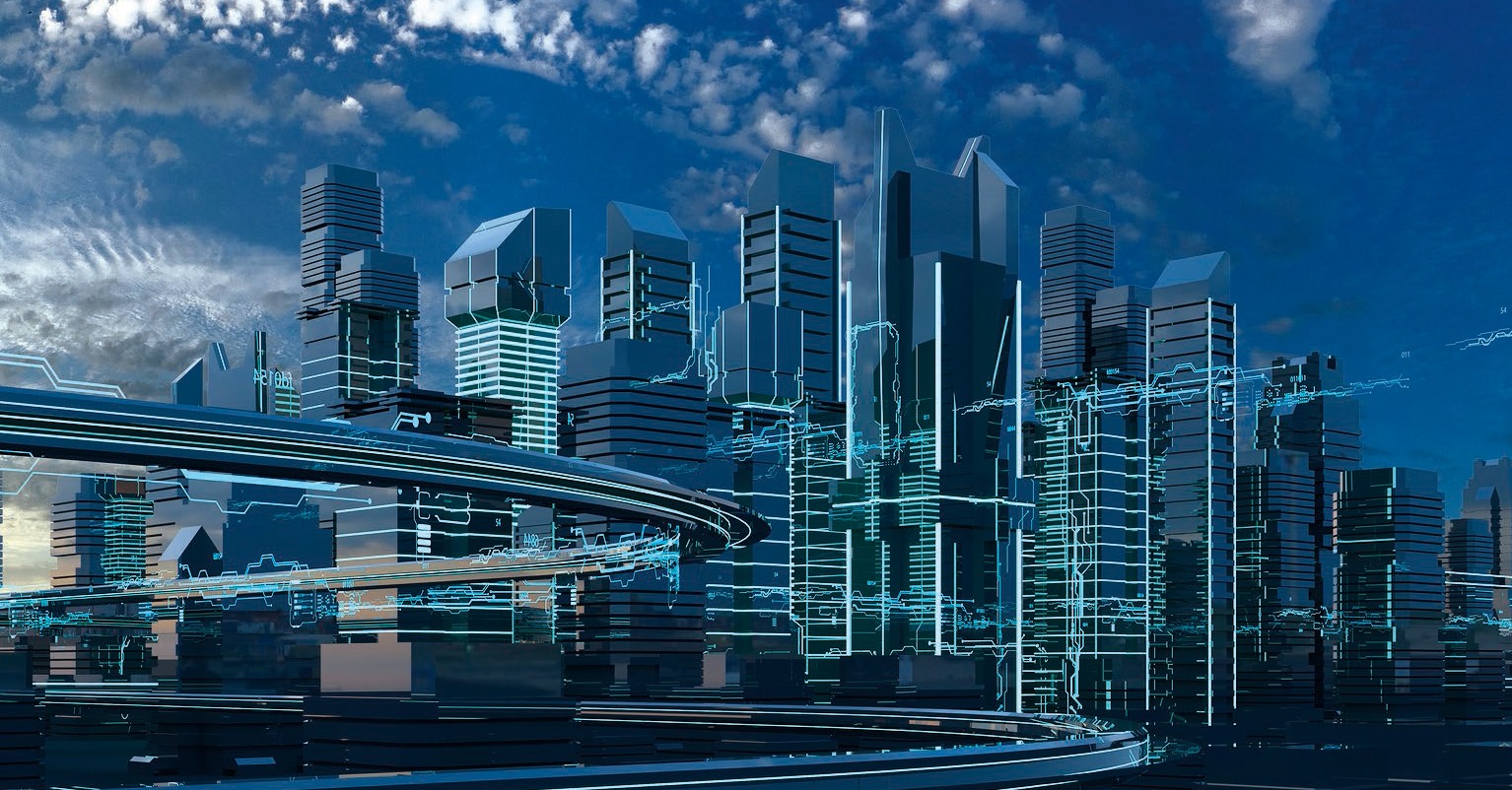 RELEASE DATE
RELEASE DATE
There's only one thing we know for sure about the release date of the PSVR 2. And that is that it won't come at any point this year. This was stated specifically in the PlayStation Blog announcement. Will we see it in 2022? Who knows. It wasn't that long ago that Sony Interactive Entertainment CEO Jim Ryan said that we might not see a PSVR 2 headset for a couple of years. With PS5 production backed up to hell and gone, production to market of the PSVR 2 could suffer mightily. However, the seemingly completed design and functionality of the controllers is a more positive indicator that Sony is pushing forward as hard as they can with the product. My best guess is that movie theaters will be open to full capacity internationally first. Just a ballpark. -
11.
 PRICE
PRICE
Who the heck knows?? Okay, we can do some estimated guessing here. One of the major selling points of the original PSVR was that it cost hundreds of dollars less than the more high-tech competing products. There's no reason to believe that this strategy will change. The original Oculus was priced at $599 while the PSVR released at a price point of $399. The new Oculus Quest 2 is priced at $299, with a $99 bump for more storage. Unless the PSVR 2 turns out to be some kind of technological quantum leap that advances VR to sci-fi proportions, it will probably sell at around a hundred or two less than the Oculus. But hey... purely speculative!
- NEXT GALLERY
-

- 36 Miserable Memes About the Year of Quarantines
PSVR 2 HELMET (SPECULATIVE) SPECS
Sony has said almost nothing about the actual specs of the helmet itself, and has provided no images at all. What they have said is that it, "enhances everything from resolution and field of view to tracking and input." They've also stated that, thankfully, setup will be simplified via connection to the PS5 by a single cord, instead of the Matrix-like tangle of wires that trail across the floors and into the skulls of current PSVR owners. That's pretty much it, as far as the release of official news about the helmet has provided.
However, speculation thrives on the Internet regarding the potential use of new JDI technology in the display, as Sony uses that manufacturer's screens for its phones. In fact, JDI announced in February of 2020 that they had developed high-tech screens specifically for VR use. According to the company's announcement: the 2.1″ 1058 ppi LTPS TFT-LCD that JDI has developed not only employs a special optical design to make glasses-type VR HMDs (VR glasses) thinner and lighter but also increases flexibility for set design by coming in corner-cut shapes. This display is used in VR glasses that have already been introduced to the market, and it is expected that the market will continue to grow as users can more easily experience pleasant VR spaces. Whether Sony will use these smaller, more comfortable screens in the new headset, or opt for bigger, more graphics-intensive screens is anyone's guess.
11/11
1/11


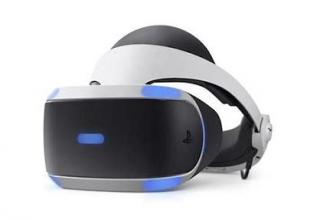
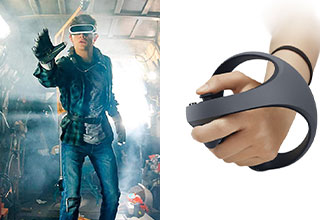
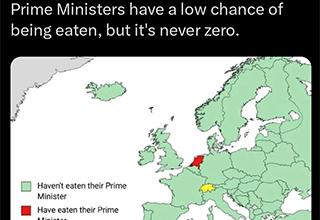
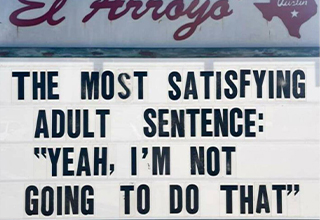




1 Comments